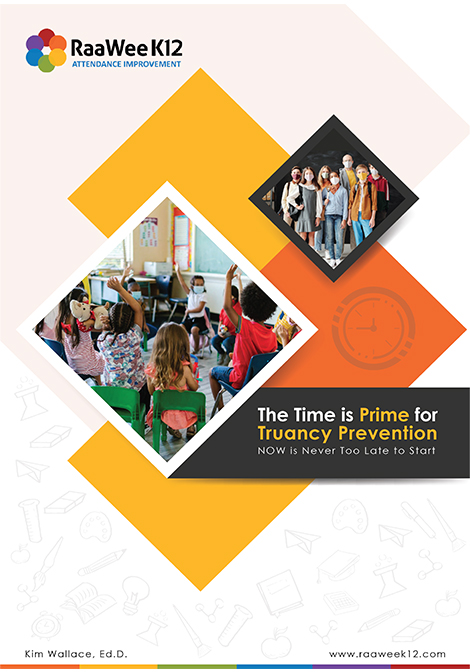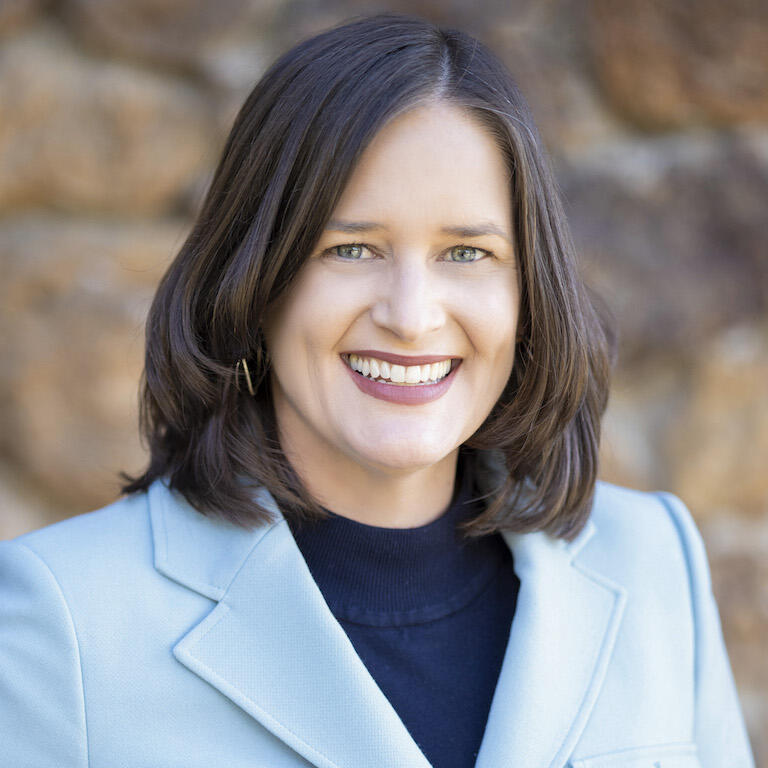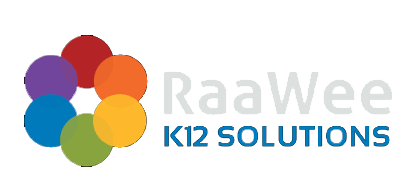Importance and Immediacy of Truancy Prevention
Dr. Kim Wallace, EdD, discusses the immediate need for implementing and sustaining a quality attendance improvement program for your school or district.
Program Implementation
There exists a prevalent misconception among educators that once the school year has commenced, there is insufficient time to adopt or implement a new program. In reality, while staff may need to dedicate additional time and effort at the outset to effectively integrate a new platform into their operations, the time savings realized on the back end can be truly remarkable.
Research conducted by Hall and Khan (2004) emphasizes that the crucial decision is not simply whether to adopt a new system, but rather when to make that choice. The dilemma revolves around the timing of adoption—whether to move forward now or postpone the decision, which can lead to missed opportunities for improvement. Ultimately, it boils down to the urgency of helping students today versus delaying assistance for a later time. The costs associated with waiting can far outweigh the perceived benefits of starting a new attendance system on the first day of school.
Chronic Absenteeism Efforts
If we genuinely uphold the philosophy that “every day matters,” we must act on this principle by promptly updating and enhancing to an automated attendance monitoring system. Delaying this essential upgrade is counterproductive. The reality is that you cannot assess what you are unaware of, and acquiring knowledge is the most potent tool we possess in the field of education.
The holistic approach to the whole child by the RaaWee K12 Attendance+ system offers a comprehensive understanding of the various factors influencing a student’s attendance history, their current attendance status, and the potential trajectory for their future. Taking action now can make a significant difference, and it’s essential to recognize that it’s never too late to begin improving attendance. The key lies in the immediacy of our actions.
Citation
Hall, Bronwyn & Khan, Beethika. (2004). Adoption of New Technology. Working Paper 9730.
National Bureau of Economic Research. Accessed on 9/12/21 from https://www.researchgate.net/publication/23742215_Adoption_of_New_Technology.
About the Presenter
Born and raised in an educator household, Dr. Kim Wallace started her own career in public education 30 years ago as a high school English and history teacher before becoming a site principal and district office administrator. Her most recent K-12 role was as superintendent of one of the 20 largest school districts in California.
Kim joined the UC Berkeley School of Education Leadership Programs division as the Associate Director of the 21st Century California School Leadership Academy (21CSLA) State Center in 2020. She also runs her own consulting company Process Makes Perfect, specializing in real world solutions for practitioners in the field. Kim consults, writes, and presents internationally on systems change and emerging trends in educational leadership. An award-winning, innovative educator, Kim leverages her abilities in educational administration, program management, and relationship development to optimize institutional effectiveness and deliver remarkable results.
Dr. Wallace’s book Leading the Launch: A Ten-Stage Process for Successful School District Initiatives was published by Solution Tree Press in 2021, followed by Leading Through an Equity Lens in 2023. Her upcoming book, Gamechanging Leadership in Action: An Educator’s Companion is in production with Routledge/Taylor & Francis (Fall 2025). Kim attended the University of California Santa Barbara for her undergraduate degree in history. She then earned her Master’s in Education (M.Ed.) at the University of California Los Angeles and culminated her educational goals with a Doctorate in Education (Ed.D.) from the University of California Davis.






